The 2015 Toyota Alphard and Vellfire have been unveiled in full! These two need no introduction, of course, as they are very much the premium MPV of choice here in Malaysia. The third-generation Alphard and second-generation Vellfire will no doubt be a common sight on our roads soon enough.
And what a sight they will be, as the pair’s new looks will divide opinions, to say the least. Toyota says the 2015 Alphard’s exterior appearance is themed “luxurious and valiant,” while the Vellfire is “bold and daring.” There’s no questioning the latter, that’s for sure.
As before, both models are mechanically identical, with the Alphard and Vellfire exclusively sold through Toyopet and Netz dealers, respectively. Each version is available with a few exterior and interior options (Alphard G, Alphard SR, Vellfire VL, Vellfire ZR, etc.), which you can study in the individually labelled pictures below.
Underneath the metal lies a new platform, which uses a double wishbone rear suspension system in place of the outgoing model’s torsion beam set up. That, paired with increased body rigidity, a more aerodynamic body shape, as well as enhanced soundproofing contribute to a luxurious, quiet and comfortable ride with stable handling that Toyota claims to be befitting of a luxury vehicle.
Three engine choices are offered in Japan. The base option is a 2.5 litre 2AR-FE engine with 180 hp, matched to a seven-speed Sports Sequential Shiftmatic Super CVT-i transmission with an optional Stop & Start System. It’s claimed to return a decent 12.8 km/l under the JC08 test cycle.
Next up is a 3.5 litre 2GR-FE motor that makes 276 hp. With the standard six-speed Super ECT automatic transmission, the V6 unit averages 9.5 km/l.
At the top of the range sits a hybrid option, which uses a 150 hp 2AR-FXE 2.5 litre Atkinson-cycle engine paired to Toyota’s eCVT and E-Four (electric four-wheel drive) systems. A 141 hp electric motor at the front and a 67 hp rear motor help improve fuel efficiency to a claimed 19.4 km/l.
Inside, the packaging has improved. The interior height is maintained at 1,400 mm despite a drop of 10 mm in overall height, while the step height of 350 mm allows easy ingress and egress. There’s also a new 148-litre cargo area under the third-row seats – the biggest of its kind, says Toyota. Specify a spare tyre, though, and the available space drop to just 66 litres.
Other enhancements include a standard LED roof illumination – now with four brightness levels and 16 colour variations – and a Smart Entry & Push Start System with Welcome Power Slide Door & Reservation Lock function. The latter can be set to automatically open the sliding door as the user approaches.
The pair’s improved Intelligent Clearance Sonar with Pre-collision System can automatically apply the brakes to mitigate low speed accidents, while a Panoramic View Monitor with See-through View function (which apparently gives a view of the vehicle’s surroundings as if it were transparent) help with parking manoeuvres. If you can’t be bothered, there’s an improved auto-parking system too.
On the move, a Radar Cruise Control with All-speed Tracking function can be used to maintain a pre-set distance to the vehicle ahead between 0 to 100 km/h. Not all of these features are standard on all variants, obviously.
In Japan, the 2015 Toyota Alphard and Vellfire are priced between RM98,000 (base eight-seater Alphard/Vellfire X 2.4) and RM215,000 (top-of-the-range Alphard SR/Vellfire ZR Executive Lounge Hybrid) at today’s exchange rates. Over to you – what do you think of these two new premium MPVs?
http://youtu.be/4NgkW2WbbgQ
https://www.youtube.com/watch?v=Kg3bYyg9dec
2015 Toyota Alphard
2015 Toyota Vellfire
Looking to sell your car? Sell it with Carro.





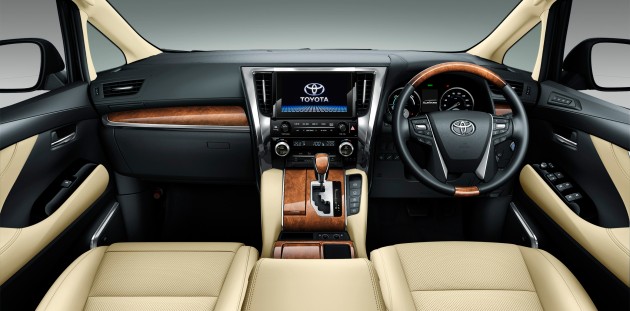
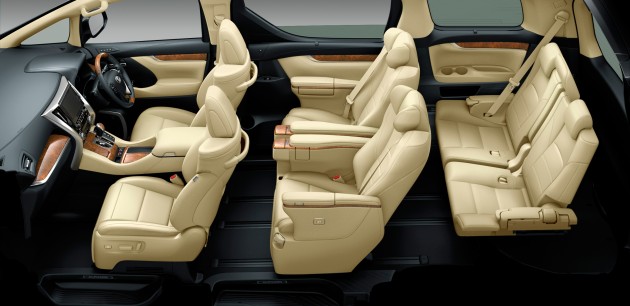
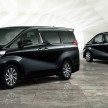
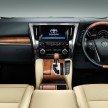
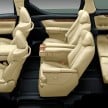
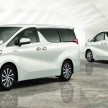
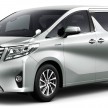

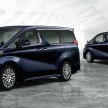
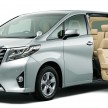
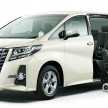
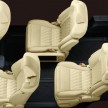
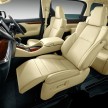
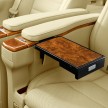
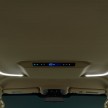
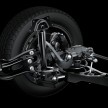
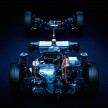
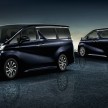
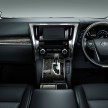
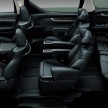

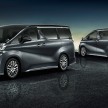
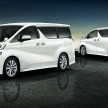
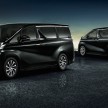
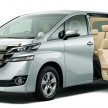
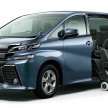
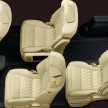
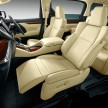
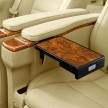
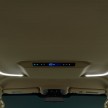
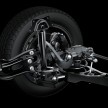
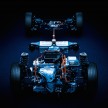



























AI-generated Summary ✨
Comments reflect mixed feelings about the 2015 Toyota Alphard and Vellfire. Many praise their interior design, comfort, and reliability, with some owners sharing positive long-term experiences. However, others criticize the exterior, citing it as unattractive or ugly, comparing it unfavorably to buses or transformers. Several comments touch on the high prices in Malaysia, which are seen as inflated due to taxes, with some lamenting the large profit margins for UMW. There’s also skepticism about the suspension technology, with debates on torsion beam versus double wishbone setups. Some comments highlight the cars' practicality for families, while others dismiss them as luxury that’s not truly justified. Overall, the post garners appreciation for interior luxury but is overshadowed by criticism of design and pricing.